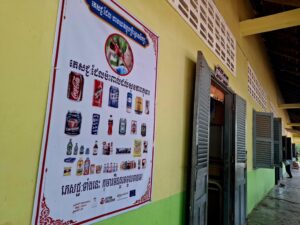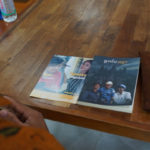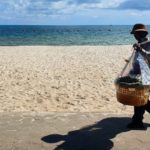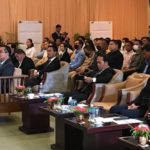PHNOM PENH – To commemorate the International Day of Sign Languages on September 23, the Rabbit School Organization and Aide et Action International (AEA) hosted their inaugural sign language training session that began on September 19.

This groundbreaking course in Phnom Penh was designed for teachers of children with intellectual disabilities and their parents, with the goal of fostering better communication between people and those who have speech and hearing impediments.
Approximately 20 participants learned foundational and everyday sign language. Like spoken languages, sign languages have their own grammar and word structures. These languages, formed by gestures, facilitate communication between individuals with hearing and speaking impediments and others, promoting inclusivity.
Lao Sokhita, deputy head of the Information Research and Library Department and a trainer, emphasized the session’s focus on basic self-study, sign gestures, and sign meanings.
“Mastering sign language requires significant practice, particularly when interacting with individuals that have speaking and hearing difficulties”, she said.
“Providing sign language training to teachers and parents of children with intellectual disabilities is crucial, especially for those who are new to the language,” she said.
“In my 20 years of teaching, I’ve found sign language indispensable for people with hearing and speech impairments. It’s a vital tool for communicating information to them.”
She added, “Without sign language, they would have no way of expressing themselves.”
Sharing her knowledge of sign language with others brings Sokhita great satisfaction. She encourages the public to learn the language, believing it will foster more inclusive communication and reduce discrimination against hard-of-hearing individuals.
Heng Kimly, a trainee teacher at the Rabbit School Organization, participated in the sign language training for the first time. Her desire to overcome the communication barrier with hard-of-hearing individuals motivated her to learn the language.
“After the course, I could use some signs to communicate with them and understand each other. It was incredibly challenging before I learned sign language. When I met them, I wanted to greet them and ask how they were doing, but I didn’t know how to express myself,” said the 30-year-old Kimly.
The trainee teacher encouraged those who were new to sign language to start learning. She said, “Sometimes, they really want to communicate with us, but we don’t understand sign language. Learning the language will enable you to comprehend their intentions.”
Mork Saody, a parent of a child with Down Syndrome attending the Rabbit School Organization, was also a first-time learner of sign language. Despite his busy schedule, Saody dedicated time to the course.
He said, “After the course, I’ve gained the confidence to perform sign language by imitating the trainer’s instructions. Now, when I encounter people with hearing and speech impairments, I can communicate with them to some extent.”
Saody urged the public, especially those with children or family members who have intellectual disabilities, to learn sign language.
Program Manager Vung Vuthy urged trainees to share the importance of learning sign language with their communities and to incorporate the language into their teaching.
“Trainees, especially parents, should continue learning sign language to delve deeper into the meanings of gestures and the nuances of communication,” he said. “Communication requires a language. By practicing more, they can spread their knowledge to others.”
“Even though the course was short, they can still learn some basics,” he added.
Vuthy emphasized that more sign language training courses would be offered in various areas of Phnom Penh and in other provinces.
Supported by AEA, the Rabbit School Organization has launched an out-of-school children support program at 70 schools. To date, the program has been completed at one school: Tuol Kouk primary school.
Vuthy expressed hope that the program would encourage parents to enroll their children with hearing and speech impairments in school.
(The article was published in Cambodianess / Publication on 24 September 2024)
